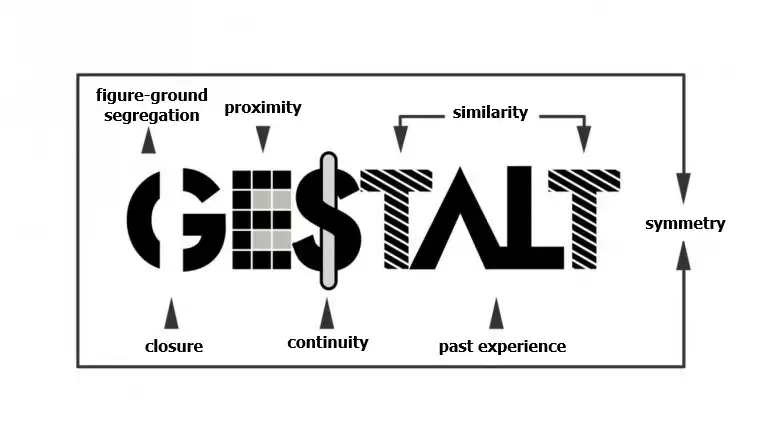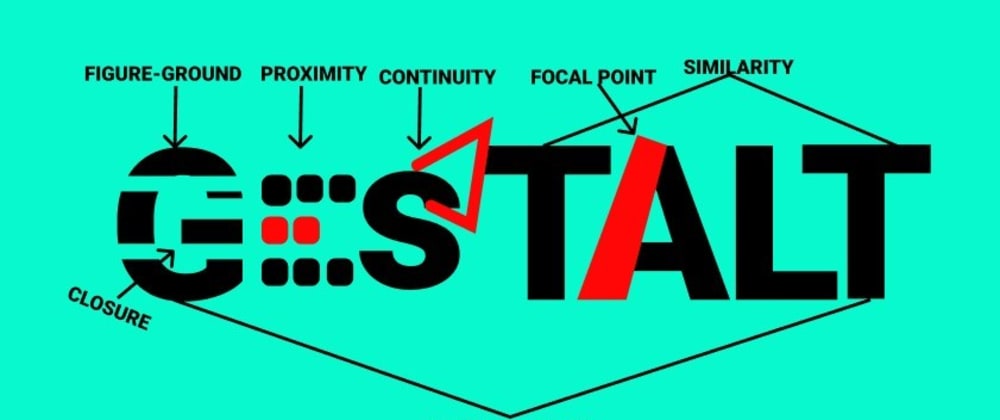
Happy relationships are no accident. Neither are unhappy relationships. They are the result of conscious choices:
1 – Love and trust are handled differently
from unhappy relationships.
2 – There is more depth and more is shared.
3 – Both partners are emotionally independent and appreciate this in each
other.
Do you have to end your relationship immediately in case of relationship problems? No Fortunately not!
Learn from the lessons of happy relationships and apply them to avoid a lot of relationship problems.
Just read the comments below …
How do you get a happy relationship with someone else?
What is a Happy Relationship? Very simple, that is a relationship that gives you energy and where you and the other feel good. The secret to a happy relationship is to stay yourself and let the other person remain themselves.
How do you get a happy relationship? By working on it. But… you have to know very well if you have the right partner to do that. You cannot fly with a boat, so the choice of your relationship partner is very important.
Happy without a relationship or happier with a relationship?
Better happy without a relationship than not happy while you are in a relationship, isn’t it? In a happy relationship you don’t test each other, you trust and support each other. If not, then you may be better off without the other. You don’t have to have a huge spiritual relationship, but love and trust do have to be there.
These pillars of a relationship always remain important, whether you are in a long relationship or a short relationship with someone.
These are the seven TOP tips for a happy relationship:
1. Love makes for a happy relationship.
In unhealthy relationships, love is a bargaining chip: “I only love you if you do this for me. And when it does, I hate you. “
Love is a means to an end, which is to gain control over the relationship.
Unfortunately, control and happiness are at odds with each other. So trying to get control in your relationship (by trying to control the other) and being happy in your relationship don’t usually go together.
For example: As long as you do what the other wants, there is love. And otherwise there is the opposite: anger, aversion, jealousy or envy. So love is very limited and usually just a snapshot.
Set conditions for your happiness.
In happy relationships, few conditions are placed on love. “I love you just the way you are.” Or: “As long as you do what makes you happy, I’m too happy.” This allows love to grow.
And love only grows in trust, not in control, because control is based more on fear and fear hooks on love.
So let go of control:
The more you feel that the other person loves you the way you are, the more you can be yourself – and the more love you can give back.
2. No happy relationships without trust.
There is little trust in unhappy relationships. Whenever you are hurt by the other person’s behavior, trust diminishes. In the end you take everything the other says with a grain of salt. Without trust there is no love, depth, intimacy or understanding, so the relationship becomes increasingly distant.
People in happy relationships trust each other blindly. They know exactly what they can do for each other. Perhaps it took a long time for this confidence to be established. But once present, it continues to feed the relationship with positive energy. You know that the other person wants the best for you – and vice versa of course.
Trust is the most important ingredient to a happy relationship, be it a relationship with your partner, with your friends or with colleagues. Trust is everything.
3. Depth is necessary for every relationship.
In less good relationships communication is superficial. You never know what is really on the other’s mind – or you don’t feel the need to tell them what’s on your mind . As a result, conversations never get to the core: what someone really thinks or feels. There is a lot of talk about situations (what messages have been done, what the weather forecast is), but little about deeper feelings.
In happy relationships, that depth is there. There is talk about what really concerns the other. When you share the bed, you are physically intimate. When you share feelings, you are emotionally intimate. Without intimacy, there is only distance. Depth is essential to avoid that.
4. Sharing makes happy relationships even better.
Little is shared in superficial relationships. It seems as if everyone leads their own life and only lives together by chance. Interests are not shared, experiences are not exchanged and ideas are not discussed. The relationship resembles two islands with a very long bridge in between. You can only share by crossing. But usually that is a bridge too far. Everyone stays on their own island …
In happy relationships, a lot is shared (not everything, as there may be a part that you would rather share with others or keep to yourself). That sharing creates a bond. Sharing is giving something away and then receiving it twice back. As they say: “Sharing is caring.” Two islands have converged …
5. Laughter is healthy for any relationship.
There is little laughter in bad relationships. Everything is heavy and serious. There is usually no ability to put things into perspective. Sometimes people escape this by seeking pleasure outside of the relationship. “She’s always so serious, I just want to have fun with my friends.” Or: “He sees everything so black, at least with my best friend I can laugh …”
Happy relationships do involve a lot of laughter. Laughing together – even if it’s just about your own shortcomings – is so liberating! What do you do when you’ve had a rough day? Sometimes you just don’t feel like talking about it. Then you feel better at a comedy or a pillow fight. A day without laughter is a day wasted. Laughter provides light, warmth and relaxation. Smile, damn!
6. Without independence there is only dependence.
In difficult relationships there is always some form of dependence. One partner is dependent on the other. It doesn’t even have to be financial dependence. More often it is an emotional dependence. It’s as if one of the two cares less about what the other does. The person who has the least to lose if the relationship ends is the one who determines the relationship.
In healthy relationships there is equality. Two people decide: “We feel fine without each other, but even better together. We choose to be together. Not out of necessity or poverty, but out of love. ” Both people value each other and do not allow one to prevail or determine the relationship.
7. Appreciation is necessary for all happy relationships.
In bad relationships, the focus is very much on what the partner is doing wrong. “I say it every time, but you never get it right!” Or: “When will I get through to you?” Since the focus is on the other person ‘s shortcomings , there is a lot of dissatisfaction. More attention is paid to what is not there than to what is.
Happy couples appreciate each other.
1 – You know that the other is not perfect.
2 – You have no desire to change him or her.
3 – You forget the small mistakes and focus on what you do appreciate.
You cannot appreciate someone until you stop focusing on their flaws. That does not only apply to your relationship, but also to yourself!
Do you want a happy relationship with other people?
With your partner, or with your family, friends or colleagues?
Then you need more insight – and you also need to work on yourself. Because a good relationship always starts with a good relationship with yourself .
To your success.
Keep your relation moving.









